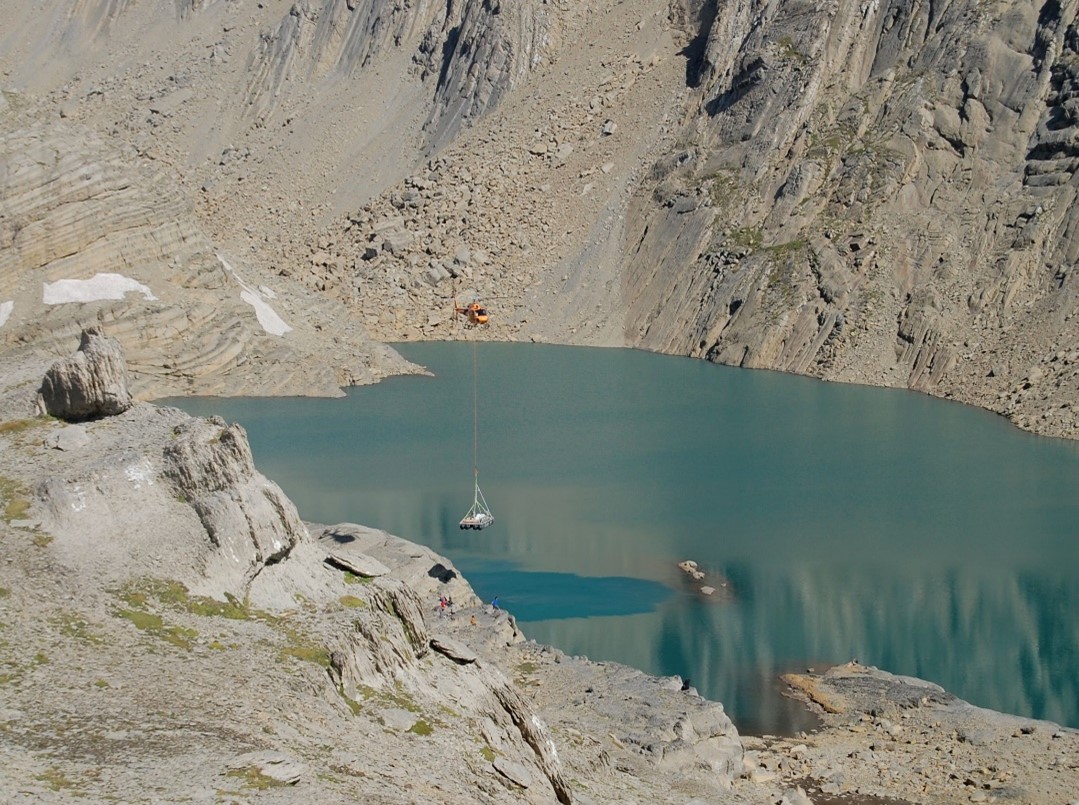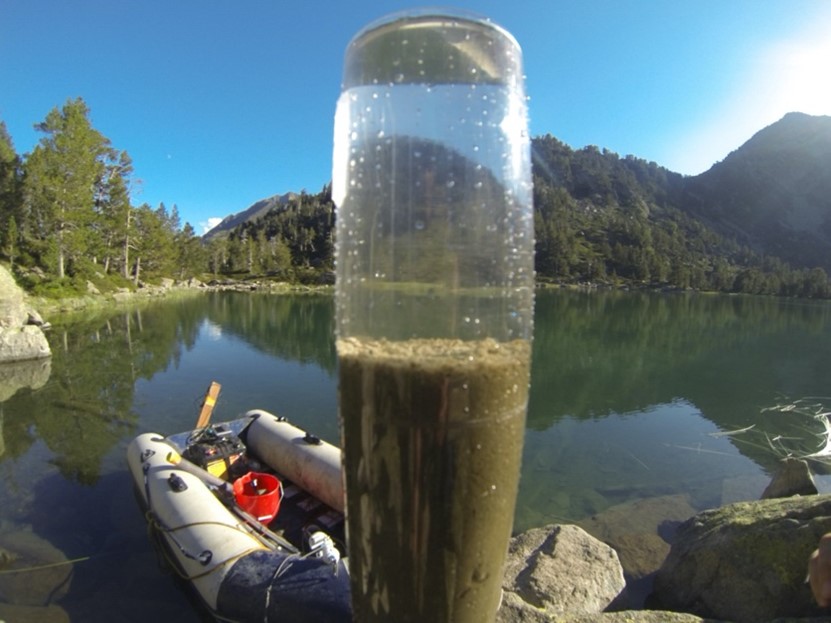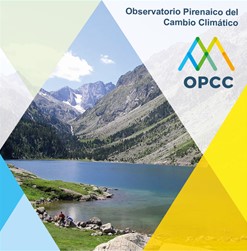 Impact of climate change in the Pyrenees
Impact of climate change in the Pyrenees
High mountain lakes and peat bogs are iconic elements of the Pyrenean landscape that are highly vulnerable to climate change and increasing anthropogenic pressure.

For millennia, they have supported a complex biodiversity and fulfilled a carbon storage function, in addition to providing water resources, habitats for grazing and resources for tourism. Their conservation in the framework of a sustainable mountain development constitutes a challenge and an opportunity to raise awareness of the effects of global change in territories considered pristine.

The project REPLIM has allowed the establishment of a transboundary monitoring network of lakes and peat bogs in the Pyrenees to act as an observatory of the impacts of climate change and human activities in the high mountains.
The results obtained to date indicate that both lakes and peatlands act as accumulators of pollutants in their sediments, being able to characterize the retrospective deposition of these compounds. Thus, current lead and heavy metal contamination has decreased in relation to historical contamination, associated with mining and metallurgy in Roman, medieval and contemporary times, thanks to the restriction measures on leaded fuels implemented at the end of the 20th century. However, recent changes (rising temperatures, increased erosion in watersheds) may favor the mobilization of some heavy metals (mercury, lead), with the consequent danger to ecosystems.
The increase in temperatures in the Pyrenees has also caused an increase in the temperature of the surface waters of the lakes, higher in summer and particularly in autumn. The study of lake soundings indicates an increase in biological activity (productivity) during the last decades that may be associated with increases in temperature or changes in the thermal regime of the lakes, which favor the development of algae and variations in the amount of nutrients entering the lakes. In the cases of Acherito and Cregüeña, a general increase in diatom productivity is observed.
Measurements related to the inorganic carbon cycle carried out in both surface and deep waters of the ibones reveal that they tend to emitCO2 into the atmosphere, a process that could increase in view of the foreseeable rise in environmental temperature in the coming years due to global warming. The same behavior has been detected with respect to the fluxes of greenhouse gases emitted by the peat bogs, with an increase inCO2 and CH4 emissions.

Given the rise in temperature projected by the different regional and global climate models, it is possible that the increase in greenhouse gas emissions will increase in the coming decades. Considering that peatlands currently store one third of atmosphericCO2, the evolution of peatlands from sinks to sources ofCO2 in a future scenario could lead to drastic changes in global temperature. Monitoring these climate change indicator ecosystems is therefore of extraordinary importance.
REPLIM (EFA056/15) has been funded by the European Regional development Fund (ERDF) through the INTERREG-POCTEFA (EU) 2014-2020 program. Its results contribute to the development of the strategy of the Pyrenees Climate Change Observatory (OPCC), which is part of the work Community of the Pyrenees (CTP).
Partners of project:
-
committee Higher Council for Scientific Research (CSIC)
-
University of the Basque Country/Euskal Herriko Unibertsitatea (UPV/EHU)
-
University of Navarra (UNAV)
-
Centre for Ecological Research and Forestry Applications (CREAF)
-
Centre National de la Recherche Scientifique (CNRS)
-
University of Pau and the Pays de l'Adour (UPPA)

